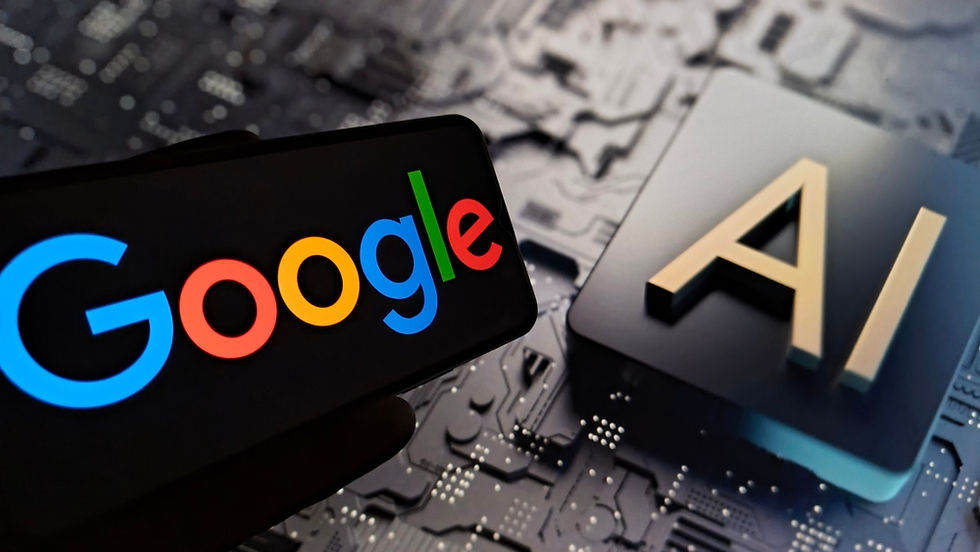Google just upgraded its AI Image tool, and it's bananas
- Marijan Hassan - Tech Journalist
- Sep 1
- 2 min read
Google has officially "peeled back the curtain" on its latest artificial intelligence breakthrough, an enhanced image editing tool code-named "Nano Banana." The feature, which is powered by Google DeepMind's Gemini 2.5 Flash Image model, has been integrated into the Gemini platform and is already making waves across the internet for its speed, precision, and ability to maintain a consistent likeness of subjects across multiple edits.

The rollout of the new tool comes after months of speculation and a viral "mystery" on social media, where a model named "Nano Banana" topped an independent AI image leaderboard, prompting tech enthusiasts to guess its origin.
Google's vice president of product, Eli Collins, confirmed that the new model was trained to "remember the context, identity, and intent across edits, just like a human designer would."
A "Photoshop for everyone"
The core appeal of Nano Banana is its natural-language interface and unprecedented ability to maintain consistency. Users can upload a photo and simply type commands like "put my dog in a chef's hat" or "change my clothes to a medieval outfit."
The AI processes the request almost instantly, often within one to two seconds, and updates the image without distorting the subject’s face or overall appearance.
This addresses a critical flaw in previous AI image tools, which often struggled to keep characters consistent across an ongoing project. Early tests have shown that the new Gemini editor can maintain identities across more than 10 edits, a feat previously unmatched by consumer-facing tools.
The feature also allows for multi-turn editing, where users can make a series of changes to an image, like gradually adding and arranging furniture in a blank room, with the AI remembering the previous commands.
Broader implications and safety
Beyond hobbyists and digital artists, Google is already exploring broader applications for the technology. The company has integrated Nano Banana into its developer platforms, with real-world case studies showing it being used to generate 3D product mockups for e-commerce and to help architecture firms with iterative room visualizations.
In a nod to the growing scrutiny around generative AI and misinformation, Google has stated that all images created with Nano Banana will be embedded with SynthID, an invisible digital watermark that flags the content as AI-generated.
This aligns with the company's commitment to transparency and its effort to combat the misuse of AI, especially in sensitive areas like journalism and elections.













